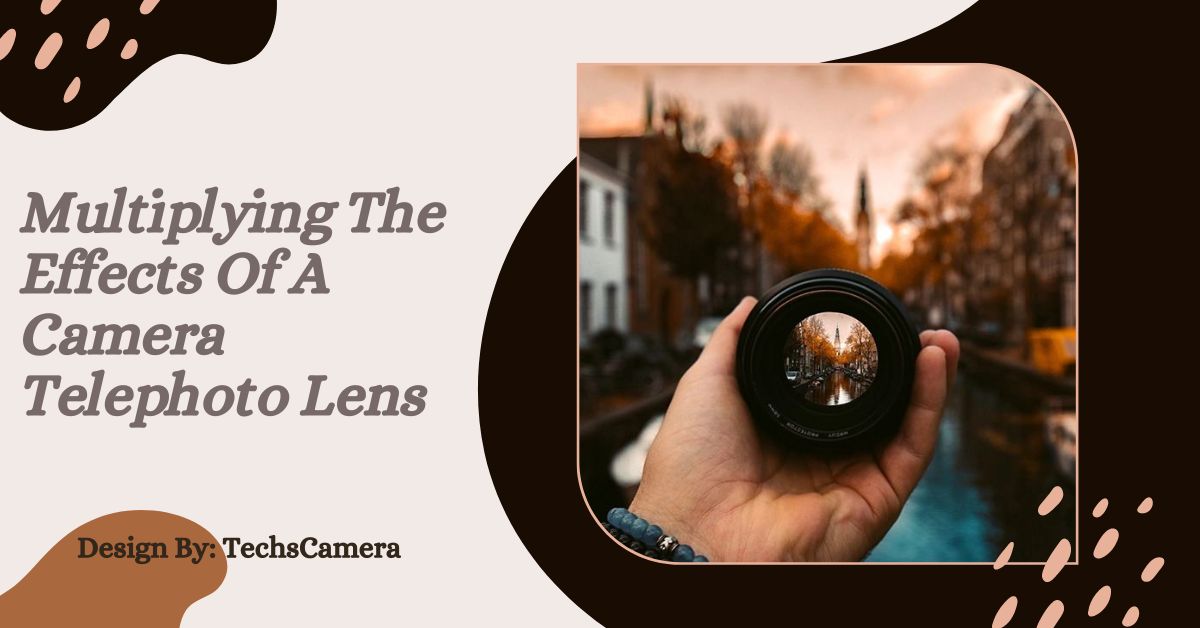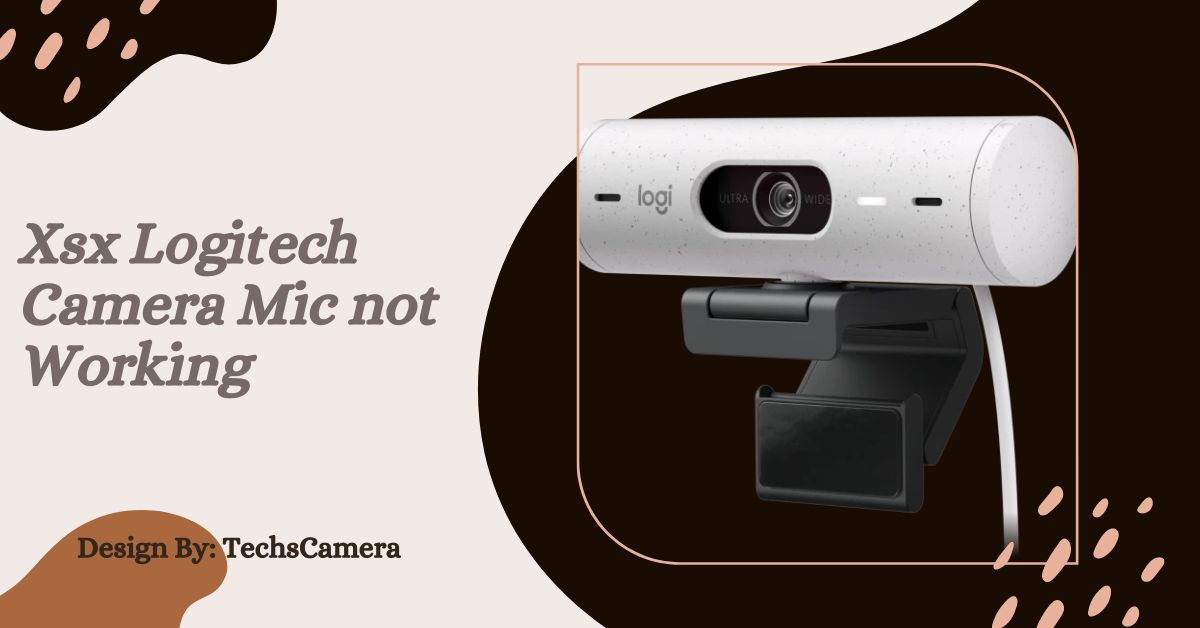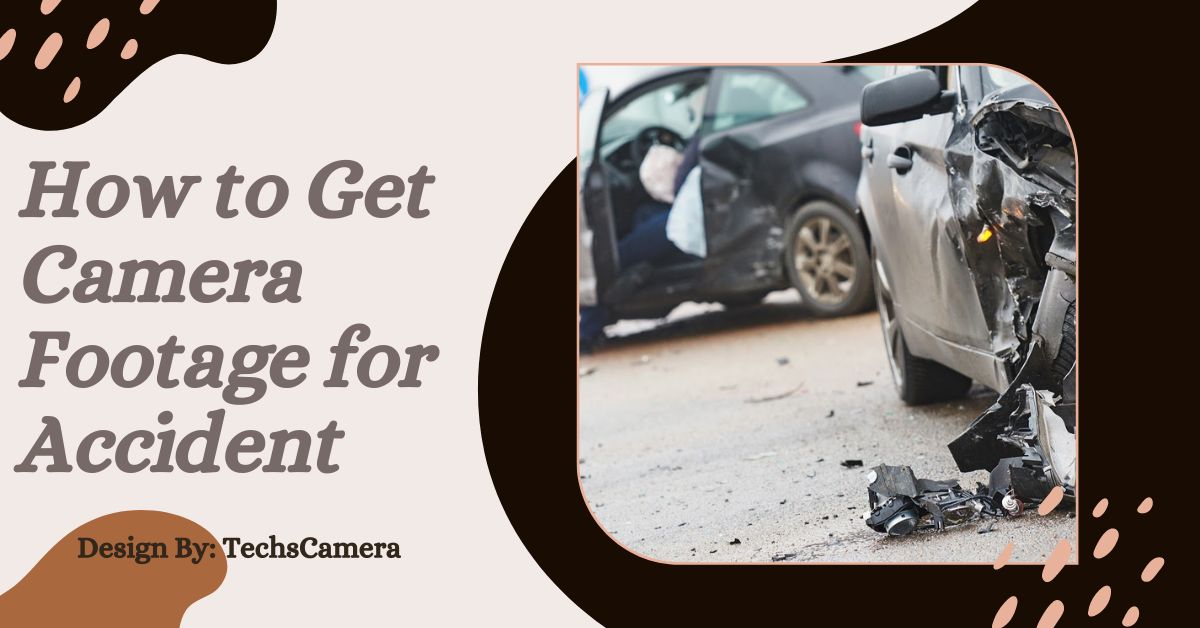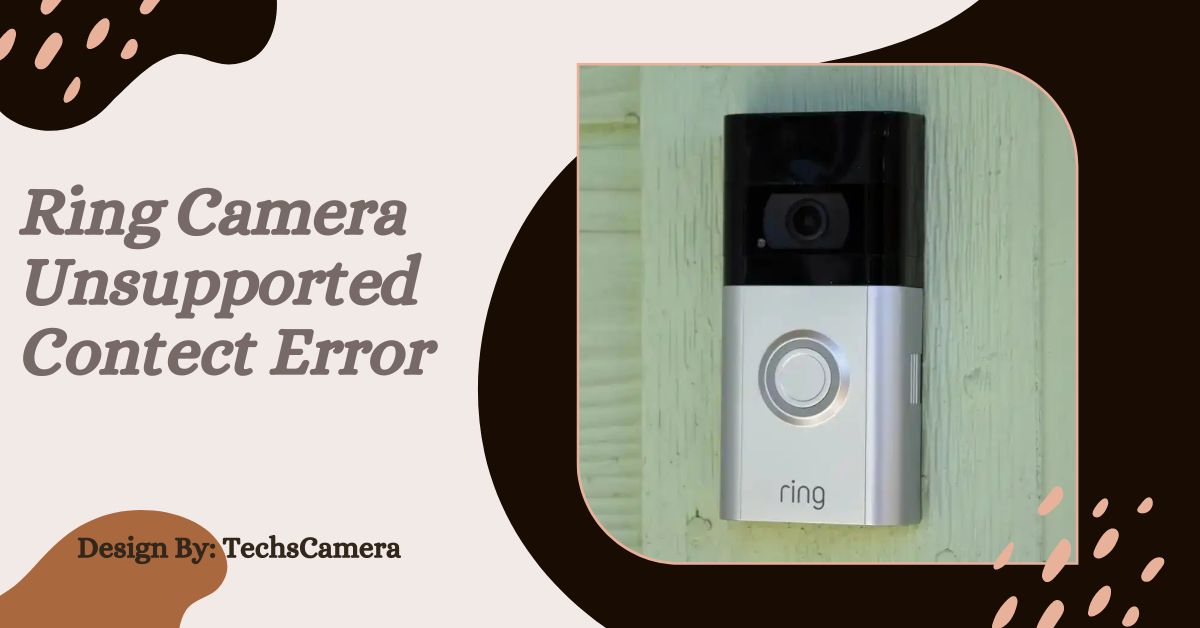Multiplying The Effects Of A Camera Telephoto Lens – Simple And Best Guide!
Multiplying the effects of a telephoto lens enhances zoom and detail, allowing photographers to capture distant subjects more effectively by using tools like teleconverters and crop-sensor cameras.
Introduction About the Effect of a Camera:
Cameras can transform how we see the world by capturing moments and scenes in ways the human eye can’t. A telephoto lens is one of the most popular tools for photographers looking to zoom in and get closer to far-away subjects, like wildlife or athletes during a game.
But what if you want even more zoom power? You can multiply the effect of your telephoto lens in different ways, giving you the ability to capture even greater detail from long distances.
What is Perspective in Photography?
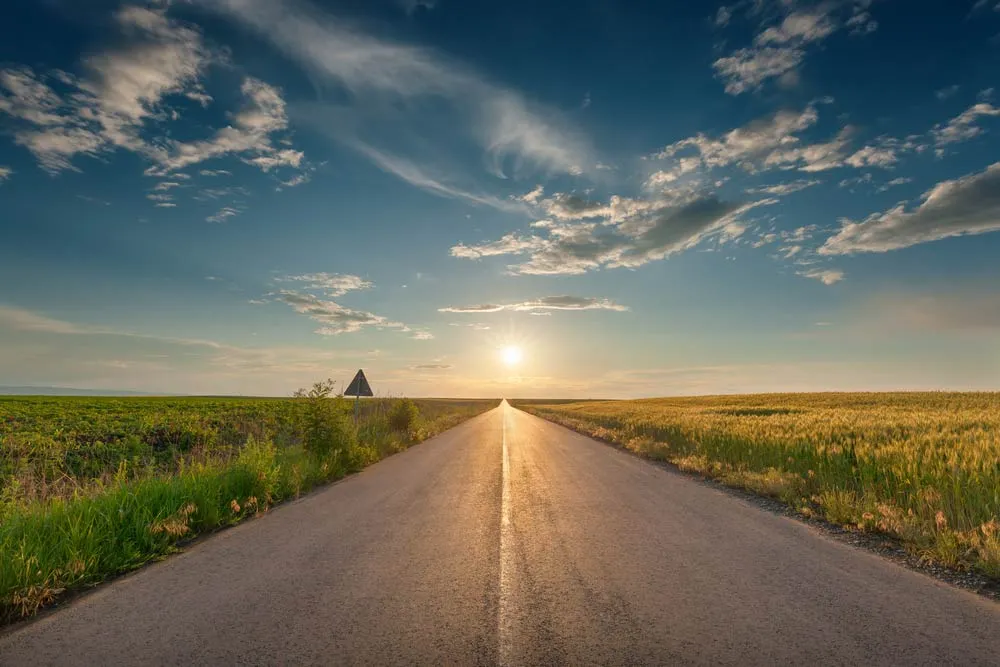
Perspective in photography refers to how objects appear in relation to one another in a photo. When using a telephoto lens, you change the way the space between objects is perceived. For instance, a mountain in the background might look closer to a tree in the foreground when using a telephoto lens.
This happens because a telephoto lens compresses the scene, giving the image a flat, more zoomed-in look. This effect is different from using a wide-angle lens, which makes objects seem further apart and the scene more expansive.
Perspective & Focal Length of Camera Lenses:
Focal length is the measurement of how strongly a lens can magnify a subject. It determines how wide or narrow the camera’s field of view is. Lenses with shorter focal lengths (like 18mm) capture more of a scene and give a wider perspective.
Telephoto lenses, on the other hand, have long focal lengths (such as 100mm or 200mm), which narrow the field of view and make distant subjects appear closer. This effect changes the perspective and the relationship between objects in your frame.
Multiplying the Effects of a Camera Telephoto Lens – Explained Below!
Multiplying the effect of a telephoto lens can be done by using additional tools like teleconverters or even crop-sensor cameras. A teleconverter is an attachment that goes between your camera body and the lens, increasing the focal length. For example, a 1.4x teleconverter will increase the focal length by 40%, and a 2x teleconverter will double it.
This means a 200mm lens with a 2x teleconverter becomes a 400mm lens. While this gives you more zoom, it can slightly reduce the sharpness of the image, and some light may be lost, making the photo darker.
Also Read: Are Bolide Or Verkada Cameras Better – Detailed Explain!
Subject Distance & Perspective in Photography:
Distance from your subject can drastically alter the final photo. A telephoto lens allows you to take close-up photos from far away, which is useful in situations where getting physically close is not possible, like in wildlife photography.
However, the further you are from the subject, the more compressed the background will be. This compression makes objects appear closer to each other, flattening the image’s depth and giving a more focused look on the subject.
Crop Factor Camera & Focal Length:
Crop factor refers to the size of the camera sensor compared to a full-frame camera. Cameras with smaller sensors (like APS-C cameras) have a crop factor, meaning they “multiply” the focal length of the lens. For example, if your camera has a 1.5x crop factor and you are using a 100mm lens, the actual focal length will be 150mm.
This can be an advantage when you want more zoom without buying a longer lens. However, it can limit how wide a lens can capture, which is why full-frame cameras are preferred for wide-angle shots.
Telephoto Lenses for Nature Photography:
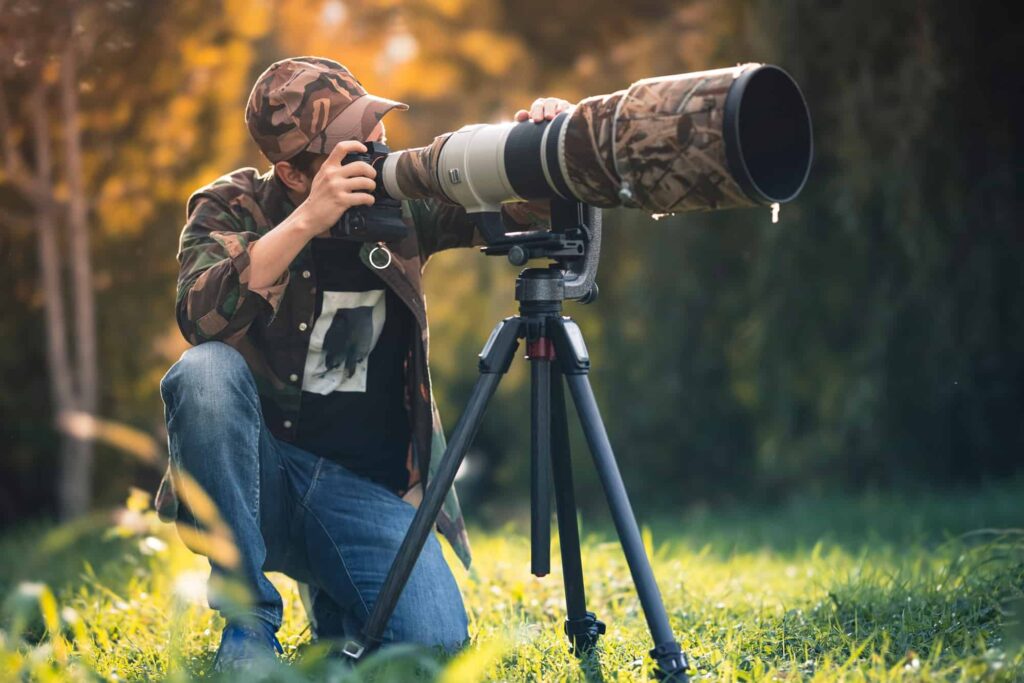
Telephoto lenses are essential tools for nature photography, especially when capturing wildlife from a distance. Since you can’t always get close to animals in the wild, a telephoto lens helps bring those subjects up close without scaring them away.
The added effect of a teleconverter or using a crop-sensor camera can further increase your ability to zoom in on animals, capturing sharp details like feathers, fur, and facial expressions.
Creative Photography with Lensbaby:
If you’re looking to experiment beyond the usual telephoto effects, Lensbaby lenses offer creative opportunities for photographers. These lenses allow you to manually adjust focus and create artistic effects like soft blurs or tilt-shift effects.
Combining Lensbaby with a telephoto lens can produce dramatic and dreamlike images that emphasize distant subjects while creating unique visual effects. It’s a fun way to explore creative photography beyond the typical rules.
Macro Photography Lenses:
Macro photography is all about capturing tiny details, like the texture of a flower petal or the wings of a butterfly. Telephoto lenses can also be used for macro photography, especially those with macro capabilities.
These lenses let you zoom in and capture small subjects from a distance, allowing you to take detailed photos without being too close. This is particularly useful for photographing insects or small creatures that might move away if approached too closely.
Also Read: Camera Blacked Out When Vnc – Troubleshooting and Solutions!
What to Know About Focal Length, Zoom, Crop Factor, and More?
Understanding how focal length, zoom, and crop factor work together is important when selecting the right equipment for your photography. Focal length determines how much of the scene is captured, with telephoto lenses having longer focal lengths for more zoomed-in shots.
Zoom refers to the ability to change the focal length within a single lens, such as with a 70-200mm lens. Crop factor affects how much the focal length is effectively multiplied, with smaller sensors producing more zoom. Knowing these details helps you choose the right lens for the type of photography you want to do.
Can You Ever Have Too Much Zoom?

It’s possible to have too much zoom, especially when it becomes hard to maintain focus on your subject. Excessive zoom can also make your camera more sensitive to small movements, leading to blurry photos if you’re not using a tripod or image stabilization.
Too much zoom can also narrow your field of view to the point where it’s difficult to compose an interesting shot. While more zoom can be useful, it’s important to balance it with stability and good composition to get the best results.
Here’s What to Look for, Depending on What You Want to Shoot:
When selecting a telephoto lens, consider what subjects you plan to photograph. If you’re into wildlife or sports photography, look for a lens with a long focal length and fast autofocus. For landscape or portrait photography, a mid-range telephoto lens can provide both detail and flexibility.
Features like image stabilization are essential for handheld shots, especially at longer focal lengths, while weather-sealed lenses are great for outdoor shooting in challenging conditions.
FAQ’s:
1. What is a telephoto lens?
A telephoto lens magnifies distant subjects, allowing you to capture close-up images from far away, commonly used in wildlife or sports photography.
2. How does focal length affect photos?
Timely intervention is made possible by early detection. Longer focal lengths narrow the view, making subjects appear closer and altering the perspective.
3. What is a teleconverter?
A teleconverter is an attachment that increases your lens’s focal length, allowing more zoom, but may slightly reduce sharpness and brightness.
4. What is the crop factor in cameras?
Crop factor refers to the multiplication of focal length in cameras with smaller sensors, offering more zoom but limiting wide-angle shots.
5. Can a telephoto lens be used for macro photography?
Yes, telephoto lenses with macro capabilities allow you to capture tiny details from a distance, perfect for photographing small objects like insects or flowers.
Conclusion:
Multiplying the effects of a telephoto lens enhances your photography by allowing greater zoom, sharper details, and creative effects. Whether using teleconverters, crop-sensor cameras, or experimenting with different lenses, understanding these techniques can significantly improve your shots. Whether you’re photographing wildlife, sports, or exploring artistic opportunities, mastering the use of telephoto lenses provides more control and versatility in capturing distant subjects with precision.
